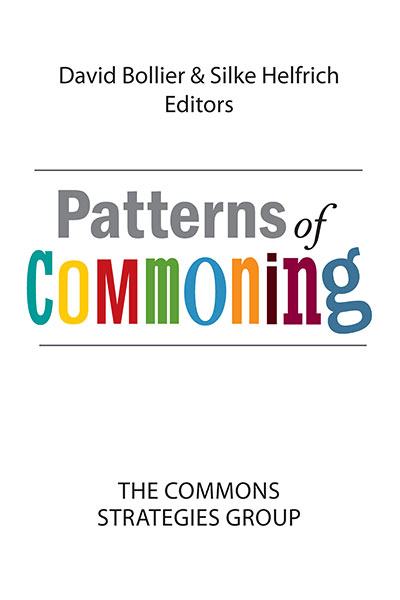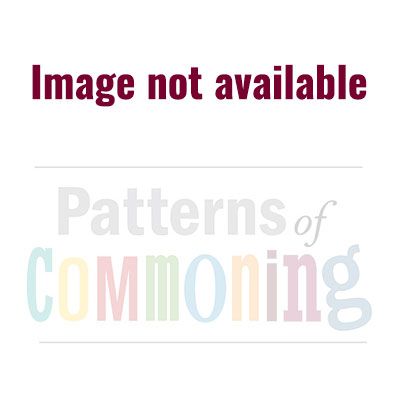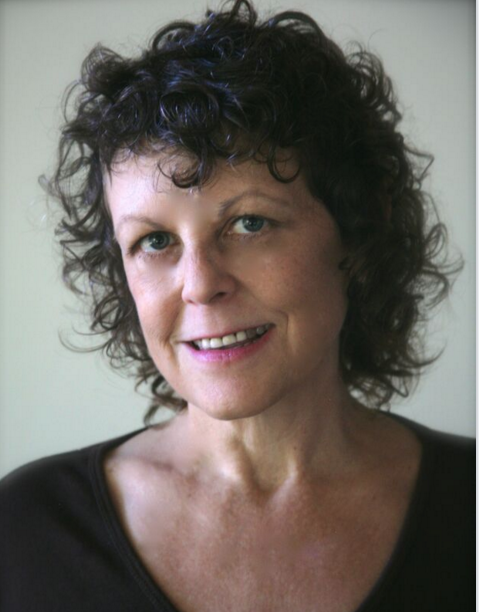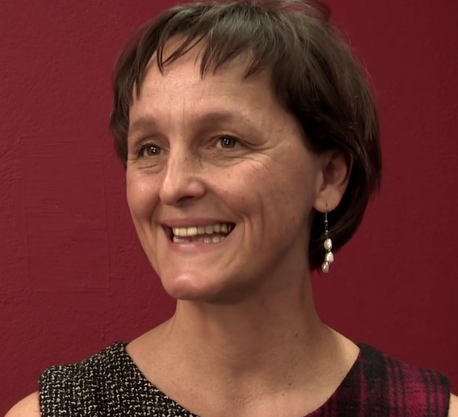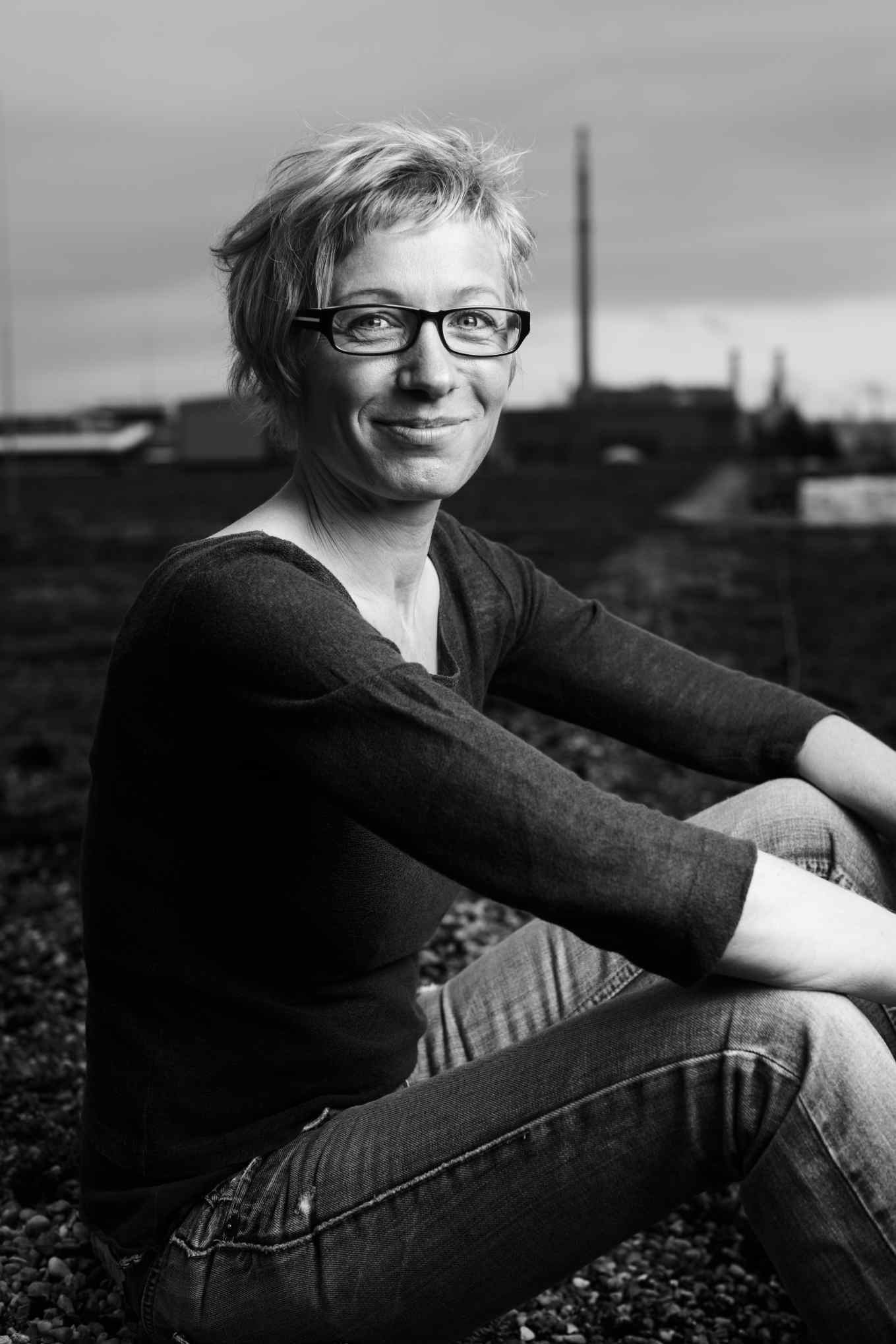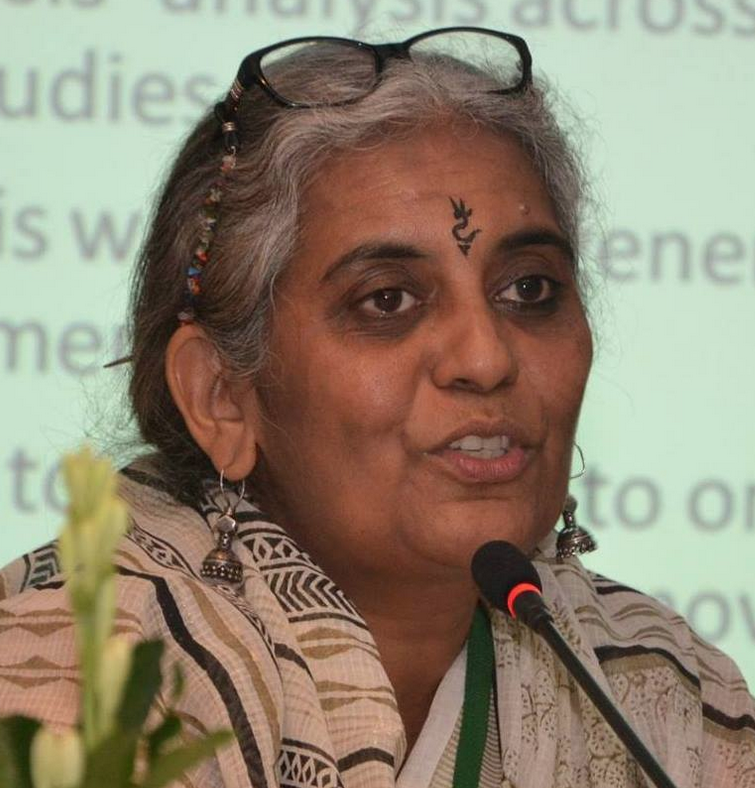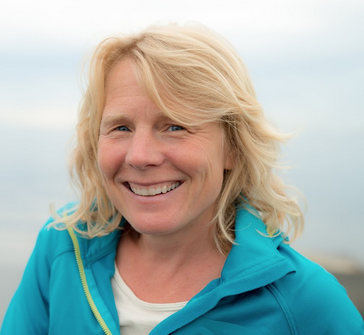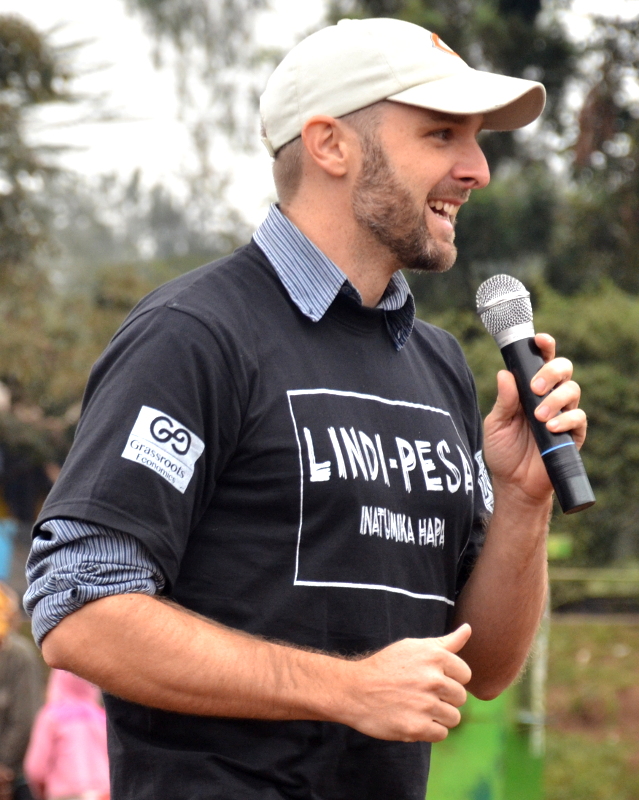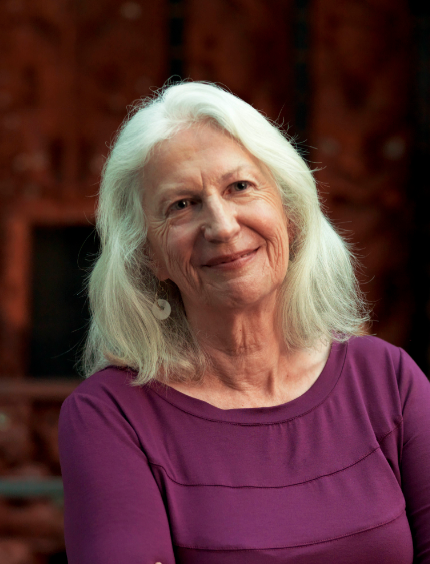Alain Ambrosi (Canada) is a designer and producer of intercultural projects, independent researcher, author, videographer and producer of the Remix The Commons Project.
Patterns of
COMMONING
New Ventures in Commons-Based Publishing
Even as commercial publishers struggle to survive in a world of high distribution costs, an aggressive Amazon.com and thin profit margins – many upstarts are discovering the appeal of commons-based publishing. Community building turns out to be a great way to bypass the formidable costs of conventional markets and to bring authors and readers together in highly efficient ways. Below, we profile some noteworthy pioneers of commons-based publishing – for academic journals, books and magazines. These examples show that it is entirely possible to publish important works more cheaply and rapidly than conventional publishers, and without the severe restrictions of copyright law and concentrated markets.
Open Access Scholarly Publishing
For generations, scientists and scholars have used scholarly journals to share their latest research discoveries and theories. These journals – usually run by commercial publishers selling subscriptions to university libraries and research institutes – provide the easiest, most efficient way for academic disciplines to advance their collective knowledge.
But the arrival of the Internet and digital technologies has called into question the expense and information restrictions of this commercially driven system. Thanks to digital publishing, it has become far cheaper and easier for a field of researchers to share their specialized research with anyone on the planet. To be sure, there are still costs associated with editing a journal and the peer review of articles, but Web-based publishing has radically reduced (and sometimes eliminated) the expenses of print production, distribution and marketing.
Most commercial journal publishers, not surprisingly, have seen these developments as a troubling threat to their business models. They have continued to assert strict copyright control over articles, putting them behind Web paywalls and charging high subscription fees. In short, they have limited access to research that could otherwise be made freely available – research that taxpayer money has often financed.
In the early 2000s, a variety of academic researchers in the US and Europe began to address this significant problem by starting the open access, or OA, movement in scholarly publishing. Its goal has been to make academic research freely and openly available to anyone in perpetuity. Open access advocates have had to pioneer new revenue models for academic journal publishing, overcome the limitations of copyright law by using Creative Commons licenses,1 and fight fierce opposition from commercial publishers, uninformed politicians and slow-moving university administrators.
Happily, these strong, sustained efforts to reclaim research from profit-driven publishers and reclaim it for the academic commons have had many great successes. The open access journals started by the Public Library of Science in 20032 have been followed by thousands of other publications that honor open access in one fashion or another. One example is the International Journal of the Commons,3 an open access journal published by the International Association for the Study of the Commons. Major funders of scientific research, including governments, have started to require that research be published under OA principles, and commercial journals have allowed academics to self-archive their work in open access repositories. Some of the largest journal publishers have themselves started OA journals, joining a small group of niche publishers that have pioneered OA publishing as a profitable enterprise.
As of July 2015, the Directory of Open Access Journals had indexed 10,354 open access, peer-reviewed journals that had published more than 1.8 million articles. A flood of major research universities, including Harvard University, now require their faculty to publish works under open access principles. While there remain many challenges in making scientific and scholarly research more accessible, open access journals have become one of the most significant success stories in reclaiming and reinventing knowledge commons.
– David Bollier
Book Publishing as a Commons for Regional Culture
Dissatisfied with the costs and slowness of conventional book publishing, some newcomers are trying to re-introduce the craft, care and social relationships that once prevailed in the field. One of the most innovative examples is Levellers Press, a worker-owned and -managed co-operative in Amherst, Massachusetts (USA), the offshoot of a regional photocopying business, Collective Copies.
Levellers Press – inspired by the seventeenth-century commoners who denounced the privatization of common lands and called for greater equality – wants to give authors new opportunities to reach readers, and first-time authors new opportunities to publish. This means changing the relationships among publishers, authors and readers. As one local observer put it, “It’s something of a throwback to a different era, when publishers were also printers and worked more closely with writers on their books – and when books were produced not just for the sales potential but for their literary and informative value.”4
The authors who publish their books through Levellers Press usually live in the Pioneer Valley of western Massachusetts. Many Levellers books cover regional topics that might not otherwise find a book publisher. Levellers’ first book, for example, was Slavery in the Connecticut Valley of Massachusetts, by a retired Amherst College professor, Robert Romer. Since its inception in 2009, Levellers has published more than fifty books on a wide range of topics – fiction, poetry memoirs, social issues, health. Books are sold in local markets as well as via the Levellers and Amazon websites.
Two factors have been critical to Levellers’ success – its skillful use of new technologies to develop a new publishing model, and its founder, Steve Strimer, a worker-owner of Collective Copies since 1997. Strimer realized that the publishing marketplace was changing radically, and that a niche printer such as Collective Copies could prosper by pioneering a new form of regional publishing. New types of software, printers, scanners and bindery machines now make it possible for a small enterprise like Levellers to do print runs of 100 to 200 books for less than $10 a copy.
Such small-batch “print on demand” publishing helps avoid costly, unsold inventory while also giving unproven authors an opportunity to find their voice and reach readers. This publishing model also allows great flexibility in meeting unpredictable consumer demand. If a spurt of interest arises for Vital Aging, a guide for older people, orGirls Got Kicks, a popular photo-documentary book about “badass females,” Levellers can quickly print a few dozen copies within a few days for a very low cost. Most Levellers’ authors sell between 200 and 300 copies. After The Wealth of the Commons was rejected by a dozen conventional publishers, Levellers agreed to publish the book in 2012 and welcomed the editors’ use of a Creative Commons license. The book went on to sell well and earn a profit for the worker cooperative.
Authors like the Levellers publishing model because it is simple and fair: Levellers absorbs the startup costs of layout, design and printing for any book it chooses to publish, and the author gets no advance payment and must do most of the marketing. But once production costs have been recouped – usually after sales of 100 to 150 books – the author and publisher split all revenues 50-50. This is a far better deal for authors than the usual royalty rates of 7 to 12 percent. Levellers also has a self-publishing arm called Off the Common Books, which assists authors in printing and marketing books themselves. This was a perfect arrangement for Patterns of Commoning because of the greater author autonomy, low pricing, open licensing and production control that Off the Common Books makes possible.
Levellers has enriched the western Massachusetts area by carving out a viable new market for books of local interest – memoirs by community personalities, biographies, histories, recipe books, and many other books of quirky authenticity. Strimer concedes that he does not need to be as market-focused as conventional publishers to be profitable, and that is mostly the point: the Levellers publishing model blends financial practicality with localism, and makes book publishing a feasible creative outlet for a diverse roster of people who might not otherwise become authors.
– David Bollier
A Community of Commoners in the Guise of a Magazine
The first time the printing presses were fired up for Oya, the word “crisis” followed “print media” like a mantra. Since March 2010, thirty issues of this young magazine from Germany have been published every two months. Oya emboldens readers to forge new paths in living a “good life.” Yet the editors do not themselves decide what a “good life” is supposed to be, but instead set out on an expedition with their readers. The journey winds a varied trail from open workshops and urban gardens to art in public spaces and communal residential projects. The magazine has gone to ecovillages, farms practicing eco-responsible agriculture, and schools in the wild.
Commons principles lie at the core of the projects. They all depend upon voluntary contributions, communal action, self-organization, self-determination and a diversity of participants. As the motto of Oya’s online edition (www.oya-online.de) puts it, “Much more interesting than a bunch of like-minded people is a community of differently minded people.” While Oya tends to focus on practical applications, it is also a thoughtful and reflective magazine. Its essays question the foundations of contemporary thinking and squarely face up to failures and disillusionment.
The magazine has been published every two months since March 2010 with a lively layout and strong photos, and of course, on eco-friendly paper. Roughly 90 percent of the print edition is available online under a copyleft license, the Creative Commons Attribution-NonCommercial-ShareAlike license (BY-NC-SA). The project is run by Oya Medien eG, a cooperative whose preamble states that its goal is not to enrich its members, but to publish a meaningful magazine. Oya has a large and loyal following that warrants print runs of 10,000 copies – a cost financed mostly by subscriptions, advertising and sales at select railway news stands. One tenth of the magazine’s 4,000 subscribers are members of the cooperative and support it with shares of 200 Euros each: an impressive show of support, but not quite enough to make the magazine financially stable. That will require 5,000 subscriptions. In the meantime, the editorial staff, administrators, and authors made substantial gifts to the magazine in the early years in the form of their work.
Oya is not a glossy lifestyle magazine designed to promote a bit of sustainable consumption. It is a magazine by and for activist-minded people who are deeply concerned with the state of the world and want to make a real difference. In this sense, Oya is far more than a magazine. It is a community of commoners trying to develop and share commons-based ways of living and forms of economic activity that can thrive in a world framed by climate change and Peak Oil.
– Lara Mallien
A Growing Network of Commons-Oriented Magazines
A number of magazines are starting to provide regular coverage of the commons and companion-movements. In the United Kingdom, STIR magazine, for “stir to action,” has introduced a fresh, vigorous voice to the coverage of politics, culture and social transformation. In addition to its coverage of co-operatives, open source projects and alternative economics, STIR has focused a great deal on the commons movement and its initiatives. Like Oya, STIR has re-imagined the idea of a magazine as a focal point for bringing together an active community of reader/activists/thinkers. Many small, local projects with great potential are woven together to suggest hopeful new visions for the future.
Another notable British publication on the commons is The Commoner, edited by Massimo De Angelis. The website is a rich body of Web commentary and analyses from an autonomous Marxist political lens. Since May 2001, The Commoner has published fifteen substantive collections of essays exploring how the commons is relevant to care work, domestic labor, free software, energy, money, the body and value, among other topics. The Commoner explains that it is “about living in a world in which the doing is separated from the deed, in which this separation is extended in an increasing numbers of spheres of life, in which the revolt about this separation is ubiquitous.”
In the US, several web and print magazines are providing valuable coverage of the commons. Shareable, based in the Bay Area, is a Web magazine with plentiful, cutting-edge coverage of developments in the “sharing and collaborative economy.” Shareable has pioneered the idea of “shareable cities” with a set of detailed policies, and organized dozens of projects to promote alternative local projects and activism. Yes! Magazine – the magazine for alternative futures – features an ongoing series of articles on “commonomics,” the development of local alternatives, from local co-ops to public banks to community-owned solar projects. On the Commons magazine, published from Minneapolis, generally focuses on the great variety of North American commons, giving special attention to placemaking initiatives, water commons and organizing efforts.
Kosmos, a beautifully designed quarterly magazine with an international readership, has frequently focused on the commons as part of a larger agenda of building a “planetary civilization and world community.” Published out of the Berkshires in Massachusetts, Kosmos also explores transformational leadership and spiritual dimensions of making change.
The Case for the Commons is a bimonthly e-publication that explores the implications of dozens of judgments and orders about the commons passed by the Indian Supreme Court, High Court and state governments. Produced by the Foundation for Ecological Security in India, the e-publication interprets and popularizes the legal rulings, with an eye toward improving commons governance.
In Latin America, Pillku – “lovers of freedom” – is an online magazine about free technology and culture, commons, good living, collaboration and community property. It is published quarterly by Código Sur, a nonprofit organization whose purpose, among others, is to assist the development and socialization of these concerns by providing basic funding and technical infrastructure. The Pillku website provides a collaborative space for debate on free culture and commons in Latin America and seeks to build a society based on the freedom to share. Although it meets the standards of scientific and scholarly journals, Pillku as an organization and magazine is dedicated to collective creation, even in its editing processes. Most of the work needed to produce Pillku is voluntary. Contributions to the website come from throughout Latin America and the Caribbean, generating a vast commons of information and building relationships among various projects. The extended Pillku community and editorial board are comprised of committed social organizations in Argentina, Uruguay, Brazil, Ecuador, Costa Rica and Mexico.
In India, Pratham Books is a not-for-profit publisher that has the avowed mission of “putting a book in every child’s hand.” It is an outgrowth of the “Read India Movement,” which seeks to cultivate a joy of reading among children and encourage education. Identifying a lack of affordable, quality books for children in India, Pratham Books has set out to publish inexpensive books in English and ten other Indian languages. It works with a range of partners – a foundation, a conservation group, social media enterprises and other publishers – to reach children. To date, it has published over 280 titles and over 12 million books.
Of course, there are also a wide number of blogs and websites devoted to the commons. The leading academic website on the commons include those run by the International Association for the Study of the Commons, founded by the late Professor Elinor Ostrom, and the Digital Library on the Commons, which hosts an extensive collection of documents. Another much-used resource is the P2P Foundation’s blog and wiki, a vast archive of materials about digital peer production, the commons and related fields.
– David Bollier and Santiago Hoerth Moura
- See essay on Creative Commons licenses.
- See essay on PLOS, by Cameron Neylon.
- https://www.thecommonsjournal.org/index.php/ijc
- Steve Pfarrer, “Leveling the Playing Field,” Daily Hampshire Gazette [Northampton, Massachusetts], January 26, 2012.
